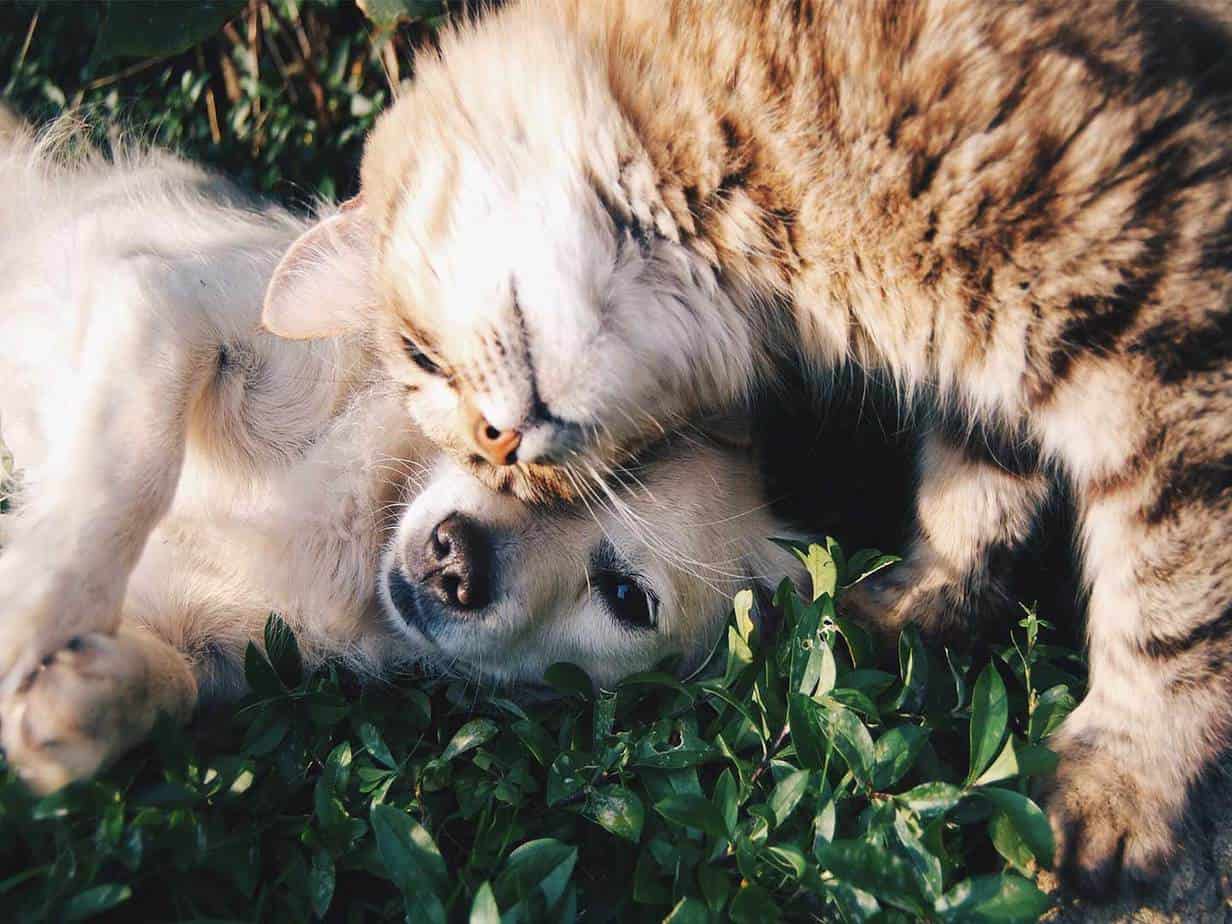
Treat rewards often serve as a bonding mechanism for many pet owners and their pets. As early as puppy and kittenhood, treats are typically incorporated into a pet's daily lifestyle for positive reinforcement and training purposes. But too much positive reinforcement from treats can have negative consequences.
In the Association for Pet Obesity Prevention's most recent clinical survey, 56% of dogs and 60% of cats were diagnosed as overweight or obese. This is of significant concern because obese pets are at a greater risk of developing chronic diseases such as osteoarthritis, and a decreased lifespan, reports Canadian Animal Health Institute.
Many well-intending pet owners are unaware of the excessive amounts of calories that some snacks provide. For example, two tablespoons of smooth peanut butter contain 190 calories approximately equal to the number of calories that a 5lb dog should consume in an entire day.
Some Veterinary Patients are likely to do research on the products they buy. According to AudienceSCAN, within the last 30 days, 67.4% of this audience have used a search engine to research products they were considering for purchase. Most (88.5%) prefer to search using Google, but only 20.4% will go past the first page of search results.
Other health concerns associated with treats have been identified:
- Dehydrated food items derived from animals (i.e. pig ears) have been implicated in Salmonella outbreaks. This poses a public health risk for both pets and people.
- Excessive intake of treats can unbalance a complete and balanced diet, leading to nutritional deficiencies and/or toxicities.
- Tough, rigid treats can cause periodontal damage and fractured teeth.
- Large, poorly digestible items such as rawhide bones can result in intestinal blockages.
How then can we safely reward our pets without compromising their health and safety? Here are a few tips!
- Limit the intake of treats to less than 10% of the pet's total energy intake for the day. This will reduce the risks of unwanted weight gain and an unbalanced feeding plan.
- Avoid treats that are prone to fragmenting, such as bones.
- Opt for low-calorie options such as carrots, green beans, or cucumbers.
- If your pet is begging, consider a healthier alternative such as a play session or cuddle time.
- Consult with your veterinarian if you have any questions regarding the safety of any particular treat item.
Positive interactions with our pets can come in many forms. We will enjoy their company longer when our interactions promote a healthy lifestyle. Talk to your veterinary team for more helpful tips and ideas when providing treats to your pet.
Vets can promote their weight-related services and pet food/treat manufacturers can promote their healthy pet food products to Veterinary Patients in a number of ways. First, digitally. According to AudienceSCAN, last year, 48.6% of this audience took action after receiving an email ad and 33.1% clicked on text link ads on websites. A little over 37% have also reacted to advertisements they saw on their mobile smartphone apps or ads they received via text last year. Traditional also works on this audience as 64.6% took action after seeing a TV commercial last year.
AudienceSCAN data is available for your applications and dashboards through the SalesFuel API. Media companies and agencies can access AudienceSCAN data through the AudienceSCAN Reports in AdMall.
